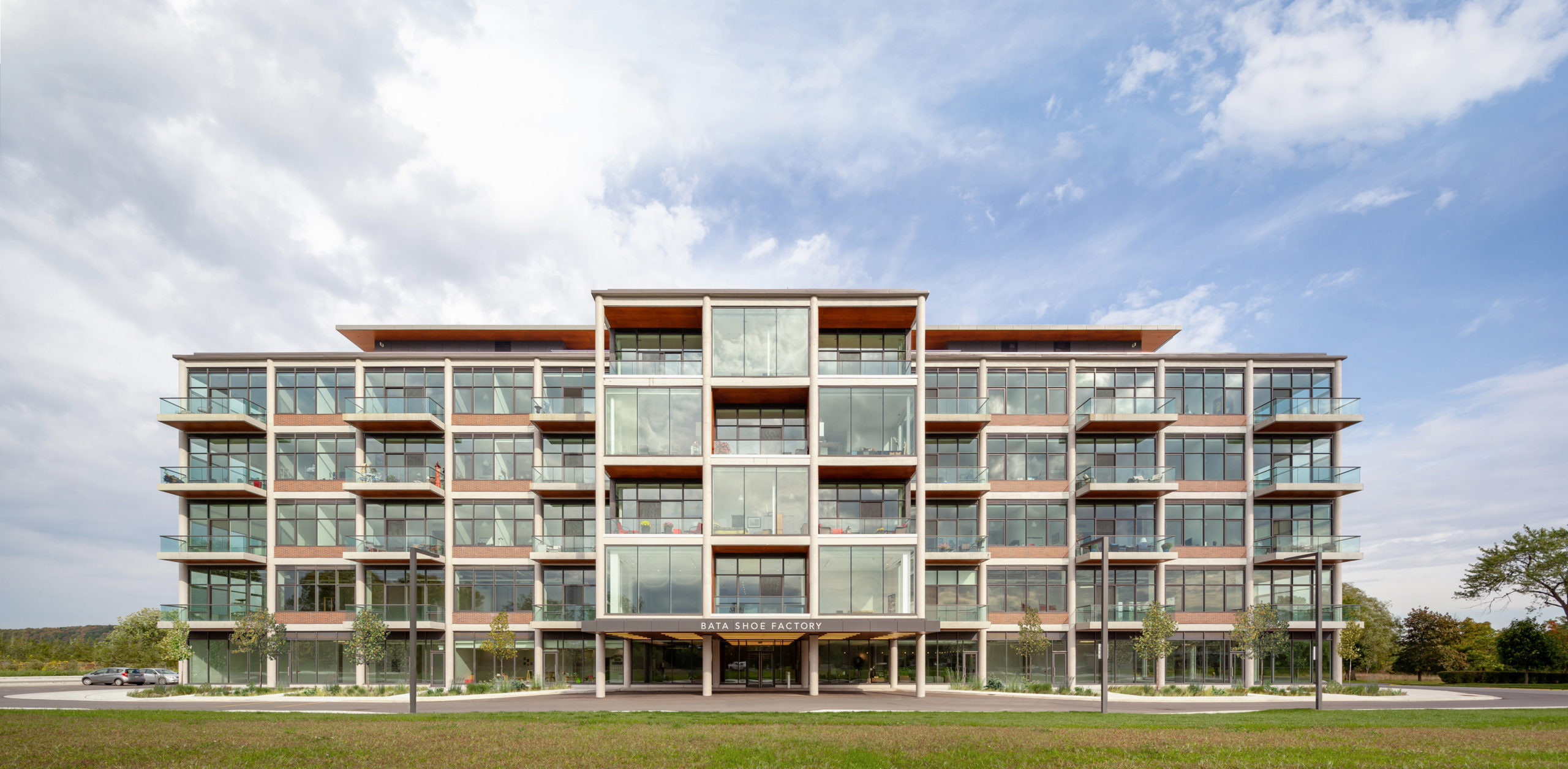École Primaire Margueritte d’Youville – At school as at home. The project is organized as a reassuring village, on the scale of the pupils. No institutional language here, we seek to create a village heart, a meeting place between generations. The houses are distributed in a way as to create an interior courtyard protected from the wind and open to the community at all times. The architecture invites students and teachers to go outside, even in winter, Saguenay being in a northern context. It modifies the traditional pedagogical approaches by adding outdoor classrooms, bleachers that act as libraries open to all, and creating a collaborative space adjacent to the classroom that allows students to meet others during class, not just at recess. The schoolyard, traditionally composed of asphalt and fences, is turned into a green space where a large part of school life takes place.
Architizer chatted with the project team Étienne Bernier (Agence Spatiale), Kim Pariseau (Appareil Architecture), and Stephan Gilbert (BGLA), to learn more about this project.
Architizer: What inspired the initial concept for your design?
The project was, designing a new 3440 m2 construction on the current site of the Marguerite d’Youville school, near the downtown area of Saguenay’s Chicoutimi district. This new school will welcome students from preschool to grade 6 and will count 15 classrooms, including 3 pre-school and 12 elementary classrooms, a single gymnasium, as well as gathering spaces for moving, collaborating, and eating.
The project is articulated across three main construction areas; one gathering the spaces open to the community, while the other two gather the different learning communities and staff areas. The street-facing wing is comprised, at the ground level, of the staff rooms that animate the façade, while beneath them, at the garden level, you can find the preschool classrooms. The kindergarten classes’ strategic location on the lower level allows for a strong connection with the courtyard, contributing to a feeling of safety. The central wing is more porous. It offers vast spaces representing the urban, dynamic and effervescent core, encouraging students’ socialisation. The gymnasium is found at the intersection of both wings and in direct connection with the sports fields, facilitating the use of installations by the community. The stands, heart of the school, allow for physical and visual connections with all the shared spaces. The third wing is subdivided into three houses, each one housing an elementary cycle. Each learning community is thus organised over two levels, creating a livable scale.
“I come from a small agricultural town. My first school was like a small home. The classes were small and everybody used to play with everybody. The teacher was our friend and we spent a lot of time outdoors. The concept was inspired by this feeling of liberty and playfulness. Instead of creating a big institution, we focused our design on a series of fragments and a series of small houses united together in order to keep the architecture on a reassuring scale for the children”, said Etienne Bernier, co designer.
The project is a connection of home, and a home is where we feel safe and where we grow. We created a meaningful place, where, we hope, children will create meaningful memories. We hope that they will grow and come back with their child after and share those memories with them.

© APPAREIL Architecture, BGLA architecture | urban design, Agence Spatiale inc.
This project won in the 10th Annual A+Awards! What do you believe are the standout components that made your project win?
Luminous interstices link the cycles and reemphasize each learning community’s identity. These translucent and welcoming junctures offer viewpoints onto the heart of the project, the outdoor yard, which highlights the school’s direction. The shared spaces and passages give onto the yard, creating transient zones between the movement and noise of recess and the calm that fosters concentration, necessary to classrooms’ learning climate. In this way, all classrooms enjoy the northern light.
“Architecture as the power to reunite people over time and mark the imagination. The aims is to address something bigger than just a well-built construction. The presence of landscape and the nature around, connection with the community, and connection between space is the force of the project”, explain Kim Pariseau, co-designer.

© APPAREIL Architecture, BGLA architecture | urban design, Agence Spatiale inc.
What was the greatest design challenge you faced during the project, and how did you navigate it?
On a practical level, the land with its big slope was quite a challenge when the time came to create a courtyard and make a connection with the street. To overpass that, we decided to create a connection with an exterior classroom dividing the facade into two volumes, in sort of an exterior in between. In response to the uneven topography, the building is designed on two main levels: the first floor is accessed from the street, and the garden level via the courtyard. Several entrances are provided and are expressed in an understandable way for the different users. We also had to work the courtyard in order to be open and flexible enough to be used as a corridor to give access to each home for the children. That feeling of being able to cross the school while being outside appeared to us as a good creative solution.

© APPAREIL Architecture, BGLA architecture | urban design, Agence Spatiale inc.
How did the context of your project — environmental, social or cultural — influence your design?
The newly proposed school aims to reflect a typical Saguenay living environment, a village strongly intertwined with its natural environment, anchored in its residents’ culture. The building is divided into distinct houses, arranged around an outdoor courtyard, united by glass passages. The architectural design aimed to deconstruct the conventional school, a building with an institutional style, and transpose it onto a livable scale, accessible and warm for the child; to design a building on the scale of toddlers; to fragment a complex arrangement into a legible volume; to offer multiple reference points. The school’s characteristic pedagogical approach, described using the term “nurture”, coloured the project, lending it a reassuring and familiar architecture. We think the proposed new school is meant to reflect a typical Saguenayan lifestyle, a village intertwined with strong ties to its natural environment, anchored in the culture of its inhabitants.

© APPAREIL Architecture, BGLA architecture | urban design, Agence Spatiale inc.
What drove the selection of materials used in the project?
We decided to promote the use of local material. Saguenay is known to have big forests and has a long history of wood harvest. The decision to use what was there drove our decision to maximize the use of wood in the project. In fact, all the project is in wood. From the structure to the cladding. Even the furniture that the child will use. No plastics, no toxic based material. This choice also helps the project to be constructed at a low budget, since all the people around were able to offer their service and feel part of the project. This approach ensured that the project quickly became the community’s project and that people took ownership of it and were proud of it.

© APPAREIL Architecture, BGLA architecture | urban design, Agence Spatiale inc.
What is your favorite detail in the project and why?
The project offers a facade that gives onto street and a scale in harmony with the surrounding residential tissue, all while making itself inviting for passersby. Its “U” shape allowed for a comforting inner courtyard to be furbished, conducive to both recreational and pedagogical activities. Sculpted in harmony with weather fluctuations, the building’s morphology allowed the space to be fully south-facing, as well as protected year-long from dominant winds, creating a pleasant microclimate that varies along with the seasons. Implanted at the heart of an urban fabric broken up by large islands of vegetation, the project proposes a landscaping that enriches its surrounding landscape all while complementing it. In response to the rugged topography, the building is designed over two main levels: you can access the ground level from the street and the garden level through the courtyard. Many entrances are planned and express themselves coherently for the building’s different users.

© APPAREIL Architecture, BGLA architecture | urban design, Agence Spatiale inc.
How important was sustainability as a design criteria as you worked on this project?
The volumetry and spatial organization of the areas were articulated around the existing topography to limit the impact on the natural environment. The sports facilities were also judiciously positioned to respect the mature trees on the site. To achieve LEED certification, the team worked with local businesses to provide local materials for the construction of the school. Structural and mechanical choices were guided by a concern for comfort, aesthetics, and performance while minimizing costs and maintenance.
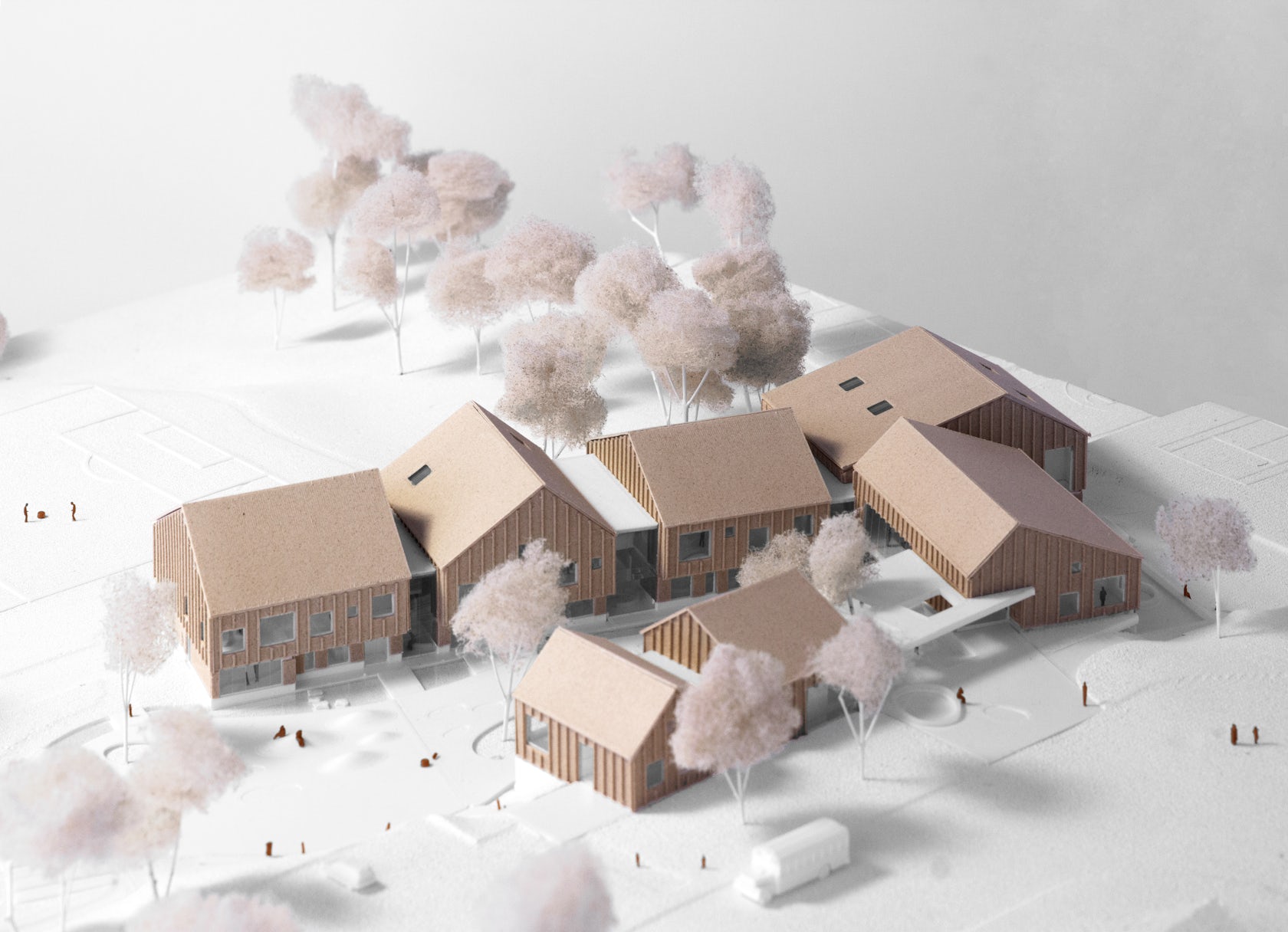
© APPAREIL Architecture, BGLA architecture | urban design, Agence Spatiale inc.
In what ways did you collaborate with others, and were there any team members or skills that were essential in bringing this Award winning project to life?
The project is part of a global reflection initiated by Lab École. They produced guides and generated ideation to rethink the schools of tomorrow. The team propose a design inspired by thoses guides lines, but also the site in itself. Once the competition was won, we had several meetings with users, which allowed us to evolve in the design and to make some of the solutions we had initiated progress. The process of collaboration was include in all our decisions and orientation in the project for the good of the future users.
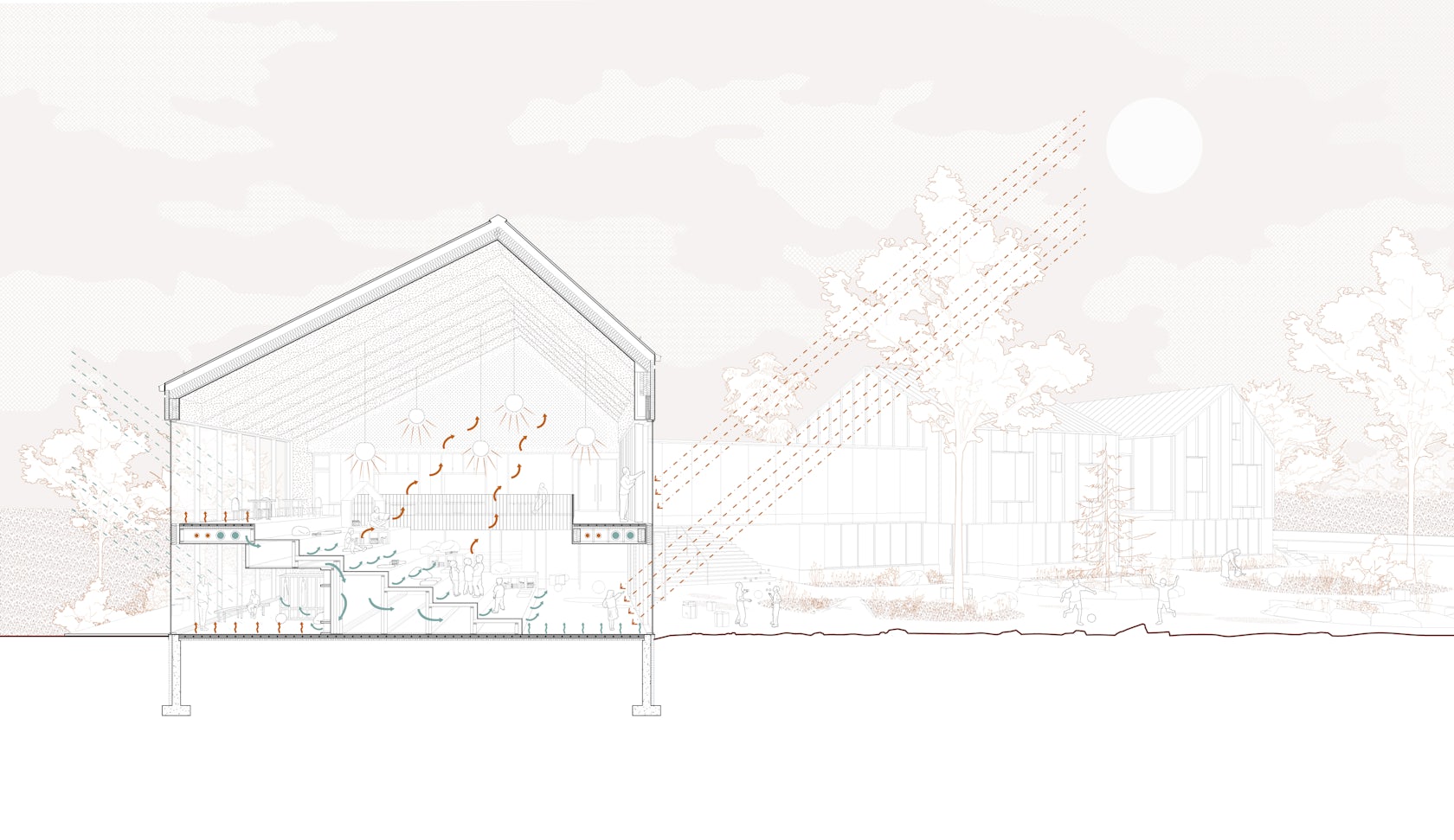
© APPAREIL Architecture, BGLA architecture | urban design, Agence Spatiale inc.
How have your clients responded to the finished project?
The project is still unfinished, but it will be in a few months! I am sure that the teachers and the students will receive everything with enthusiasm.
How do you believe this project represents you or your firm as a whole?
The notion of childhood, playfulness, and pleasure are for us a vector of creativity that allows us to democratize architecture. Far from elitist approach, we generate accessible and exceptional concepts that will leave a mark on the imagination.
This school is a direct reflection of that vision, express by the project manager, Stephan Gilbert, “as architect often approach our projects by putting ourselves in the shoes of a child, imagining seeing the world through his eyes and wondering about the wonder and pleasure he would have”.

© APPAREIL Architecture, BGLA architecture | urban design, Agence Spatiale inc.
How has being the recipient of an A+Award evoked positive responses from others?
We believe that projects must be resolutely eco-responsible, sensitive and well anchored in our northernness where nature and the beauty of the landscape are integrated into the architecture. Our ambition is to continue this vision and to express it through projects that will have a more permanent impact on society, such as the LabÉcole project, which is no longer just in the private sphere but directly addresses the collective, society. Receiving an A+award is a nomination that underlines this approach to our peers and people who are interested in our work by making this project a reference while complimenting a great team effort.
Team Members
Agence Spatiale, Appareil Architecture, BGLA Architecture + Design urbain, Collectif Escargo, LGT, Rousseau Levebvre
Consultants
Johanie Boivin (Agence Spatiale), Jérôme Duval (Agence Spatiale), Catherine D’Amboise (Agence Spatiale), Élise Baumann (Agence Spatiale), Kim Pariseau (APPAREIL), Antonin Boulanger-Cartier (APPAREIL), Marc-Olivier Champagne-Thomas (APPAREIL), Marc-Antoine Juneau (APPAREIL), Stéphan Gilbert (BGLA), Samuel Girard (BGLA), Lydia Lavoie (BGLA), Carl Gauthier (LGT), Dominic Maheu (LGT), François Fortin (Rousseau Lefebvre), Karyna St-Pierre (Collectif Escargot),
Products and Materials
Eastern white cedar wood planks, Easterne white cedar wood lattice, Clay Brick, Aluminium Siding
For more on École primaire Margueritte d’Youville, please visit the in-depth project page on Architizer.
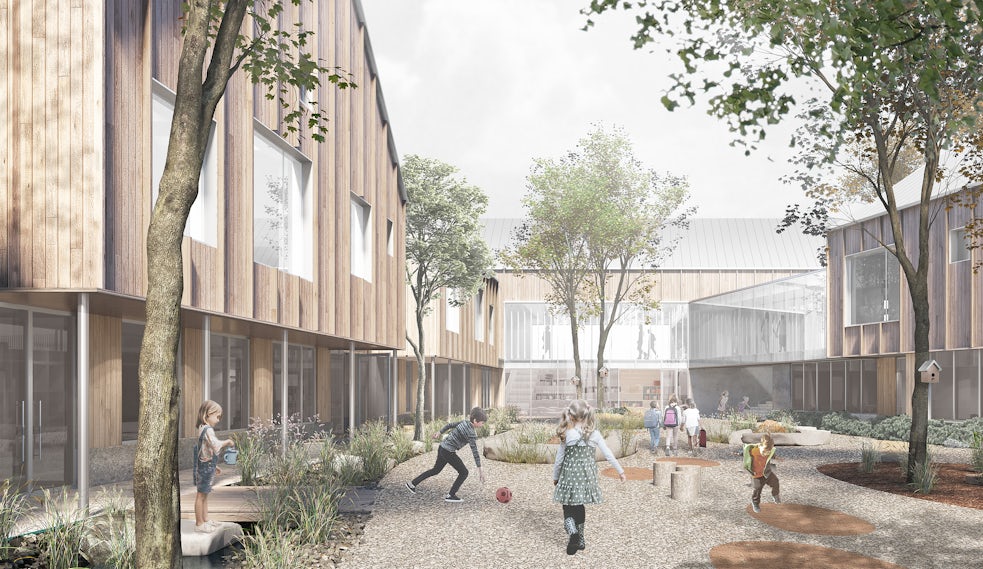

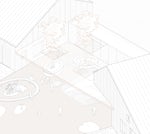





 École primaire Margueritte d'Youville
École primaire Margueritte d'Youville 